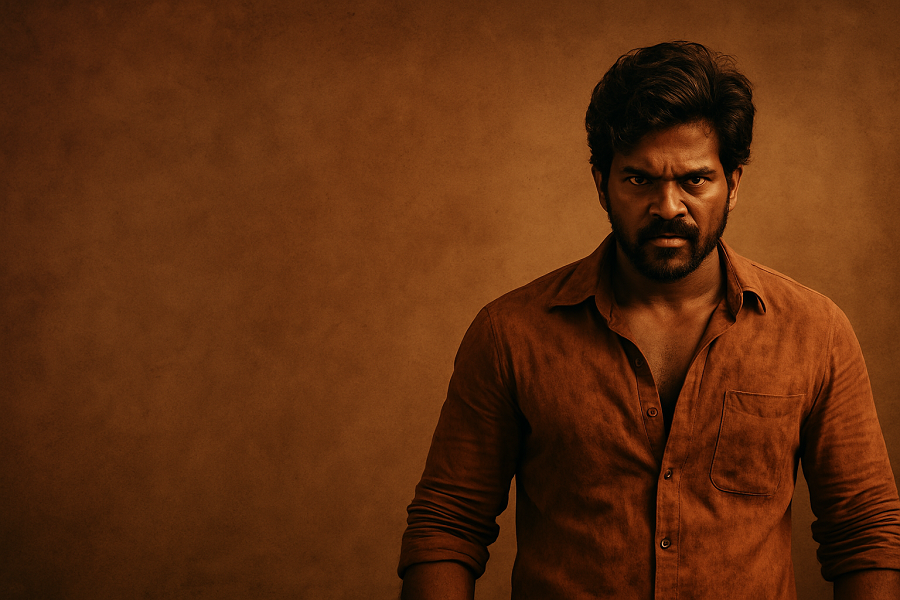Reshaping Violence in the South Asian Cinema
Heroes who kill more than the villains

Published :
Updated :

The shifting portrayal of protagonists in South Asian cinema—from morally upright men reluctantly driven to Violence to hardened anti-heroes with an apparent affinity for brutality—reveals a more profound socio-cultural transformation at the intersection of media aesthetics, political psychology, and collective identity.
Nowhere is this more evident than in the popular cinemas of Bangladesh and its neighbouring countries, where recent blockbusters lionise protagonists whose moral compass is calibrated less by justice than by domination, vengeance, and control.
Traditionally, South Asian cinema, from the films of Ritwik Ghatak and Zahir Raihan to mainstream productions of the 1980s and 1990s, featured heroes who were reluctant warriors—innocent villagers, humble schoolteachers, or soft-spoken lovers who were forced into confrontation by injustice.
In these narratives, Violence was a reluctant necessity, not an inherent trait. According to Ashis Nandy in The Intimate Enemy (1983), this archetype reflected a civilisational memory in which power was spiritual and rooted in restraint rather than aggression. The hero's ethical journey was pedagogical—Violence had to be earned, and its cost had to be felt.
Contemporary cinema across the subcontinent—exemplified by characters in Pushpa, Animal, Jawan, and recent Bangladeshi hits—presents a different figure altogether.
These protagonists are violent from the outset, often glorified for their mental instability, ruthlessness, or strategic use of Violence. They are not corrupted by circumstance but are born into and moulded by brutality. Their Violence is not cathartic but performative. This shift is not merely aesthetic—it is symptomatic of a deeper issue.
To understand this transformation, we must begin with the cultural psychology of post-colonial societies caught in prolonged transitions.
As Sudhir Kakar argues in The Inner World (1978), the psychic structure of South Asian masculinity is often shaped by repression, unresolved anger, and the cultural ideal of heroic suffering. The new cinematic hero is no longer a victim—he is the punisher. This shift signals a displacement of internal anxieties into external Violence.
The rise of neoliberal politics and economic precarity has created widespread feelings of dispossession, especially among young, urban male audiences.
Guy Standing's concept of the "precariat" (2011) is crucial here—disenfranchised youth without job security or meaningful roles are more likely to seek identification with figures who appear powerful, feared, and invulnerable.
Films cater to this desire by offering hypermasculine avatars who confront the humiliation of systemic marginalisation with unflinching aggression. As Slavoj Žižek notes in Violence (2008), Subjective Violence often masks the far more insidious systemic Violence of social inequality.
From a criminological standpoint, the normalisations of violent protagonists reflect the collapse of clear moral binaries. In The Culture of Control (2001), David Garland argues that late-modern societies, facing insecurities about crime, governance, and order, produce cultural fantasies of retributive justice.
The popular anti-hero becomes a vigilante substitute for failed institutions, enacting what the state cannot or will not deliver. The pleasure of watching a violent protagonist is thus linked to a perceived vacuum of justice.
Changes in visual media consumption also shape this phenomenon. The influence of hyper-edited, visceral aesthetics—borrowed from video games and streaming dramas—has recalibrated the cinematic language of action.
As Susan Faludi illustrates in Stiffed: The Betrayal of the American Man (1999), the modern male subject increasingly turns to visual cultures that affirm dominance as the only viable masculine identity.
South Asian cinema now echoes this trend. Slow-burning arcs of moral conflict are replaced by kinetic displays of cruelty as a form of heroism.
From a psychoanalytic perspective, this reflects a return of the repressed. The protagonist's aggression serves as a proxy for societal rage—directed against state failure, class immobility, and psychic helplessness. In Freud's Civilization and Its Discontents (1930), the death drive (Thanatos) is always waiting beneath the thin veneer of civility.
Modern protagonists act out this drive in a culture increasingly saturated with what Byung-Chul Han calls achievement subjectivity—the pressure to constantly prove worth, masculinity, and agency (The Burnout Society, 2015).
Critically, however, the aestheticisation of such Violence has social consequences. Studies in media psychology suggest repeated exposure to glorified Violence can desensitise viewers and normalise aggressive behaviours.
Bandura's social learning theory (Aggression: A Social Learning Analysis, 1973) illustrates how identification with violent models increases the likelihood of imitation, particularly among young males. More recent work by Craig Anderson et al. (Media Violence and Its Effects, 2007) links media violence with long-term attitudinal shifts toward real-life aggression and hostility.
The celebration of protagonists with anti-social traits blurs the line between heroism and pathology. The Diagnostic and Statistical Manual of Mental Disorders (DSM-5) lists key traits of Anti-social Personality Disorder—manipulativeness, aggression, and lack of remorse—which are now hallmarks of many celebrated characters.
This cultural embrace of the anti-social has the potential to distort communal values of empathy, justice, and collective harmony.
The transformation of the South Asian protagonist from a reluctant moral agent to a proactive figure of Violence is not merely a narrative choice but a profound socio-cultural commentary.
It reflects the anxieties, disaffections, and emotional economies of a society in flux. Cinema, in this sense, is not just a mirror—it is a mould. If the protagonists we glorify are those who enjoy Violence rather than resist it, the societies we construct may slowly shift from seeking justice to valorising domination.
raiyanjuir@gmail.com


 For all latest news, follow The Financial Express Google News channel.
For all latest news, follow The Financial Express Google News channel.